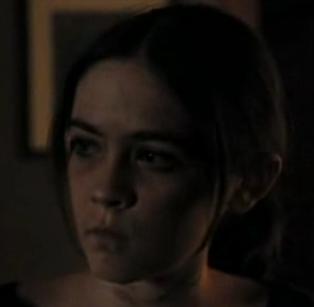

He left for military service in World War I and then returned to the Trib but he quit in 1920 to operate his own commercial art studio. And Gray’s strip was more idiosyncratic than most.īorn in 1894 in Kankakee, Illinois, Gray joined the staff of the Chicago Tribune soon after graduating from Purdue University in 1917. But the longevity, while notable, is deceptive: the strip foundered badly after the death of its creator, Harold Gray, in 1968, and while one of Gray’s successors righted the craft for two decades, Annie never again achieved the circulation or cultural status it enjoyed in Gray’s hands, proving yet again that a comic strip, uniquely the product of individual inspiration, usually cannot survive the death of its creator.

The resilient redheaded teenager made her last appearance in the nation’s newspapers on Sunday, June 13, just two months shy of celebrating an 86-year run.

On May 13, 2010, Tribune Media Services announced its intention to stop production and distribution of one of cartooning’s iconic creations, the newspaper comic strip Little Orphan Annie.


 0 kommentar(er)
0 kommentar(er)
